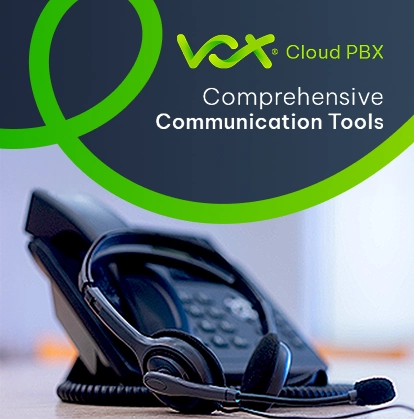CIOs and IT teams have had to develop fresh strategies to manage remote working more effectively and with reduced risk and complexity
Remote working has rapidly shifted from a necessity to a daily reality with many organisations opting into either full remote or hybrid working frameworks. According to Ladders, 25% of professional roles in the US are likely to be remote by the end of 2022 and this is likely to gain traction as the world moves into 2023. People want more flexibility and less complexity, as echoed by growing rates of burnout, and companies want to create working ecosystems that allow for improved productivity within the remit of worker wellbeing. And yet, all this flexibility requires an agile remote functionality and technology capability that’s putting desktop support under pressure to deliver, says Dominique Yeates, Senior Product Manager Managed Service at Qwerti.
“The shift to remote working has implications for end-users because CIOs have to develop strategies that allow for the business to seamlessly move the workplace to a more agile and digital foundation,” she adds. “This includes privacy and security agreements, outsourcing agreements, and all the different arrangements for end-user computing services. During the pandemic, companies gave free tools like Zoom and Teams to their employees, and now they’re having to find money to pay for all these collaboration tools so they can maintain their remote and hybrid working environments.”
Today, as the pandemic shifts down several gears and organisations re-evaluate their ecosystems, it’s come time for companies to assess which technologies and services they need to fully realise an agile and flexible system. They have to consolidate multiple platforms and solutions across multiple devices and collaboration tools and do all this without losing data, cohesion or functionality. Most companies are juggling so many different solutions, data points, entry points, cloud platforms and collaboration tools that they’re not sure where to start building a cohesive remote or hybrid working offering.
“Another challenge is that companies are now under pressure to refresh their technology so their devices and data storage systems are capable of handling the processing and storage requirements of the modern organisation,” says Yeates. “You need hard drives, SSDs, devices, security, anti-virus and connectivity. All these components are essential to the smooth operating of a digital and agile company, but the question is – who implements them? Who delivers them?”
With workers scattered across the world, globe and country, how does a company deliver the right tools to its people? How does it ensure that loadshedding doesn’t impact productivity? How can you manage seamless connectivity? Every one of the answers to these questions costs the business money. Each answer also has to scale as the company and its working environment evolve and has to be maintained and managed consistently.
“While all these devices and solutions are ideal for putting the business on the digital map and the global stage, they also break down or stop working and require troubleshooting. Now, companies have to pay for technicians to go out and resolve any technical problems that workers may have and each time they go out, it costs the company money,” says Yeates. “Suddenly, there is a lot of noise that most organisations don’t have the tools to silence.”
Yes, desktop support for remote workers is time-consuming, challenging and expensive, but abandoning it is not an option. Not when it delivers clear and measurable value and returns to the business. So, the real question is – how can the business address the burden of desktop support without compromising on remote working?
Enter the managed services solution. A third-party company that takes on the management, distribution, maintenance, security and delivery of all remote and hybrid working technology. Companies think that outsourcing costs more, but the reality is in most instances, they are able to extract significantly more value and around 30% less cost than their own IT support staff. The remote desktop managed services support offering that’s evolved alongside the changing working environment is designed to scoop up the fiddly bits that legacy operational processes have left behind.
“A third-party service provider will have a dedicated monitoring desk that can deal with problems in real-time and keep the cogs of the business running smoothly,” says Yeates. “Remote working throws up a significant volume of tickets and a service provider is focused on resolving those across multiple fronts – security, connectivity, device functionality and more. Also, thanks to remote connectivity services, the service provider doesn’t have to physically be on-site, they can resolve most issues remotely which saves money and time.”
Desktop support for remote working is challenging, but with the right managed services partner it can shift from a burden to a collaborative experience. Using a dedicated service provider will ensure that the business has resources, overflow management, upgrade and maintenance management and access to security and network tools that ensure seamless service delivery.












